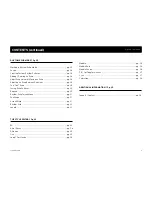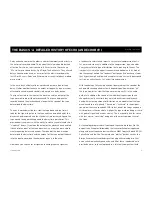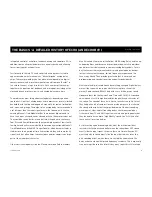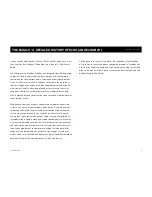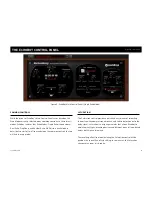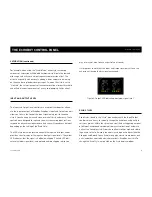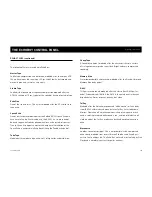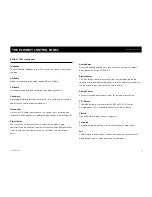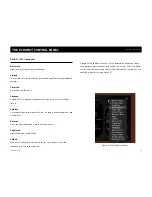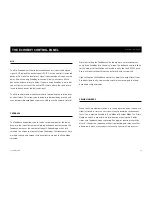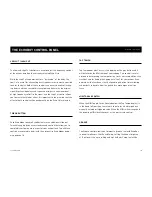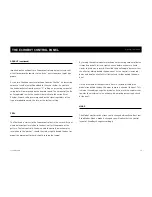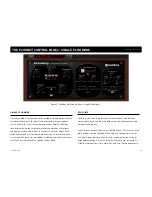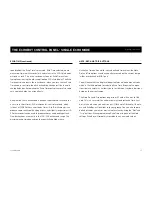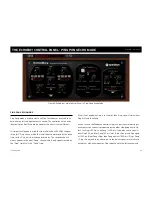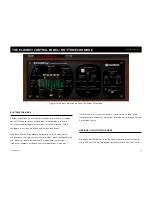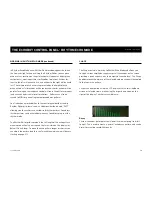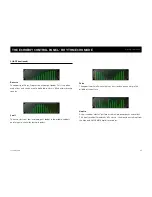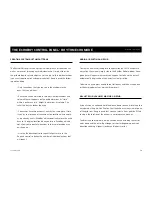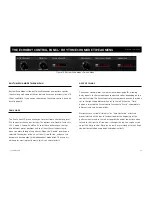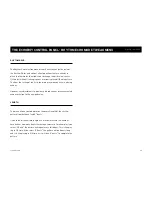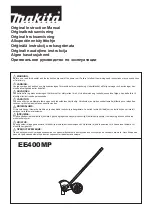
17
soundtoys.com
THE ECHOBOY CONTROL PANEL - SINGLE ECHO MODE
Echoboy — Version 5
Unlike the Time button which is based on fixed time values, the Note,
Dot, and Trip options create echo patterns based on the current tempo
(either user defined or MIDI sync).
You will notice that the display window features up/down menu arrows,
which is the third method for selecting Echo Time. Browsing the menu
is particularly helpful as it allows you to test different rhythmic divisions
based on the current tempo.
The Note, Dot, and Trip options range from 1/2 note all the way to 1/64
note. This is a very intuitive and musical way to adjust echo time. Just
dial in the note value you want to hear – 1/16th note, 1/8th note, 1/4 note,
etc. and EchoBoy will lock right in to your groove. You can also choose
dotted or triplet versions of musical note values by using the “Dot” and
“Trip” buttons. When programming Echo Time using one of the Note
settings, EchoBoy will smoothly crossfade to any new note values.
NOTE, DOT, AND TRIP BUTTONS
spond to how the Echo Time is measured. With Time selected, we are
measuring time in milliseconds (ms) and values in the LCD-style display
will read as such. This is the second way to enter Echo Time values:
typing them in using the old-school looking LCD-style display. The Echo
Time control also reacts like in hardware – when you turn the the Echo
Time knob in real-time, the pitch will audibly change just like in an old
analog delay box. Automating the Echo Time control can result in some
very cool pitch slide transition effects.
Keep in mind that a millisecond is one one-thousandth of a second (or
a very, very short time!). 500 milliseconds is half of a second, which
is 1 beat at 120 BPM. Very short delay times (0 to 10 milliseconds) can
produce some really cool flanging effects, and slightly longer times (10-
50 milliseconds) can be used to produce chorus and doubling effects.
Slap-back echoes are usually in the 100 - 200 millisecond range. The
maximum echo time depends on the specific Echo Mode in use.
ECHO TIME (continued)

